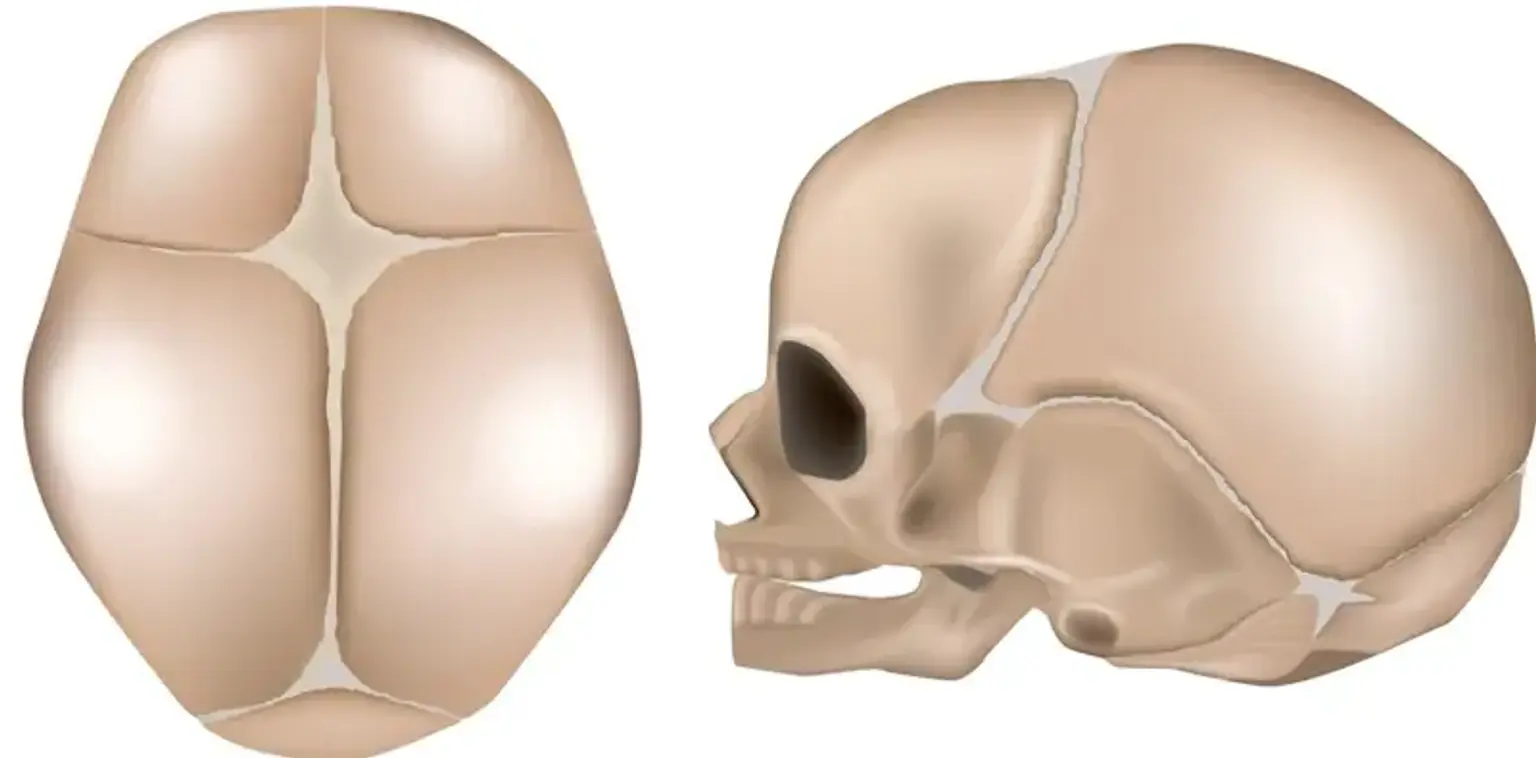Endoscopic endonasal skull base surgery
Overview
The skull base (also known as the cranial base) is the section of the skull (cranium) that supports the brain and separates it from the rest of the head. Blood arteries to and from the brain and the cranial nerves travel via perforations in the skull base. The nasal passageways, sinus cavities, facial bones, and chewing muscles are all located beneath the base of the skull.
There are several approaches to the skull base. Previously, the preferred procedure was to address the skull base from above (transcranial approach) and below (transfacial approach), often simultaneously. A scalp incision is followed by a craniotomy in the transcranial method (removing part of the skull). The brain is then raised to reach the base of the skull. To maximize exposure, the bones of the face skeleton may be temporarily removed.
The transfacial method involves incisions on the face or within the mouth that allow access from below to the sinus cavities and skull base. The doctors next remove malignancies from both above and below the skull base. Surgery causes a defect in the skull base and dura (the thick coating around the brain) that must be repaired to prevent spinal fluid leaks and infection (meningitis).
